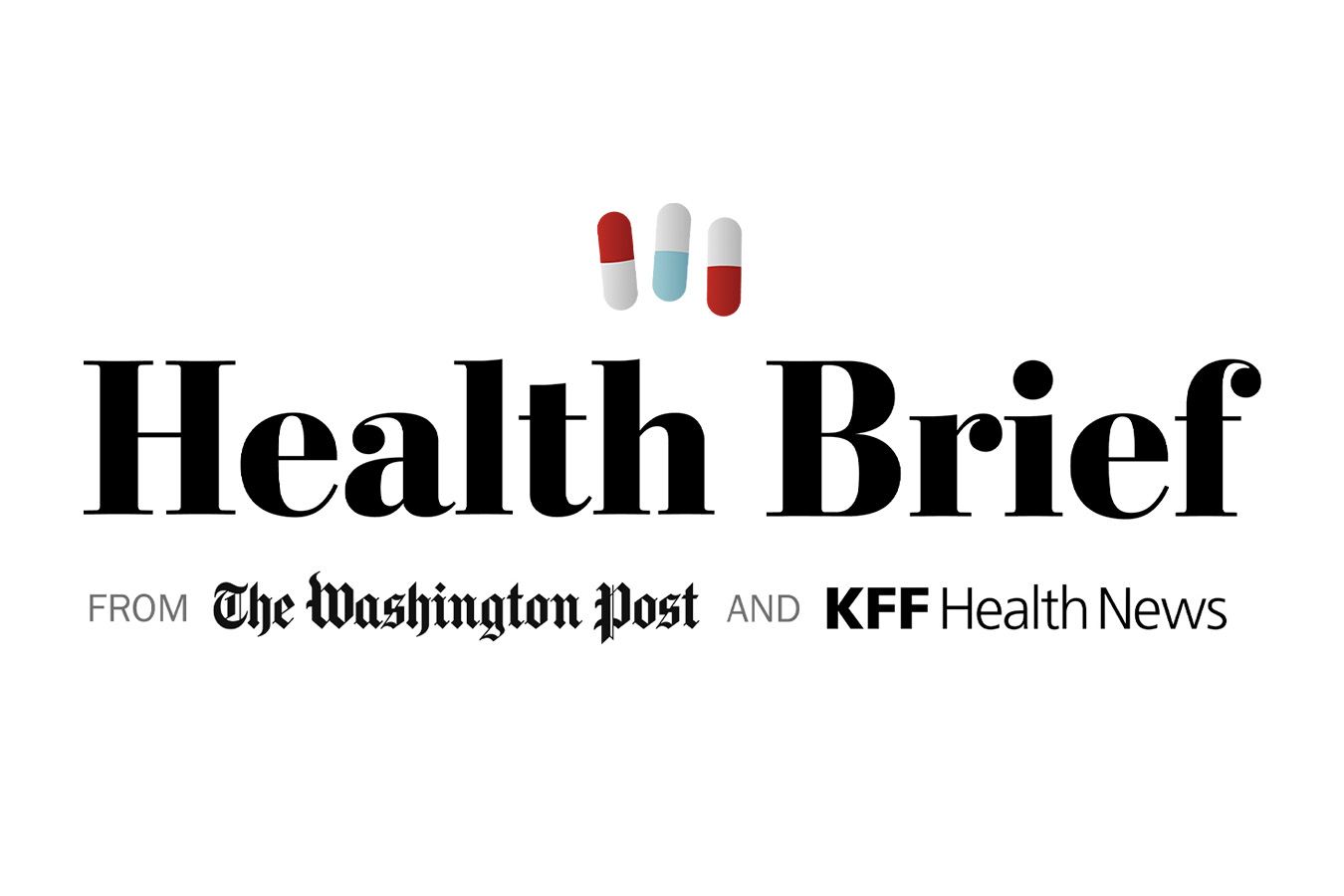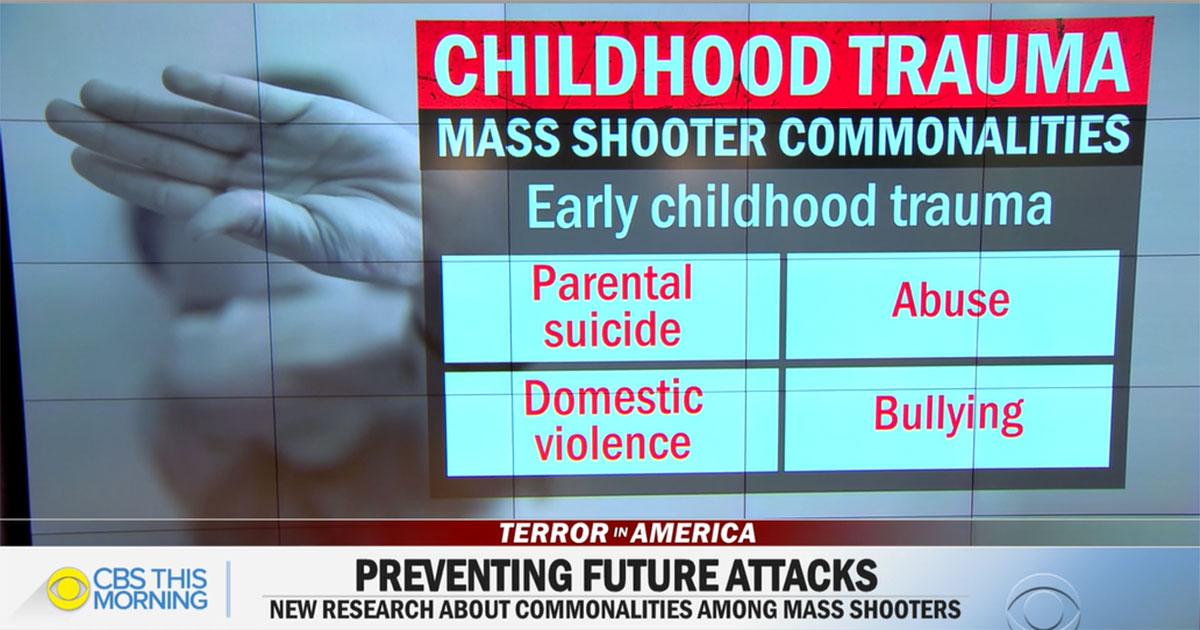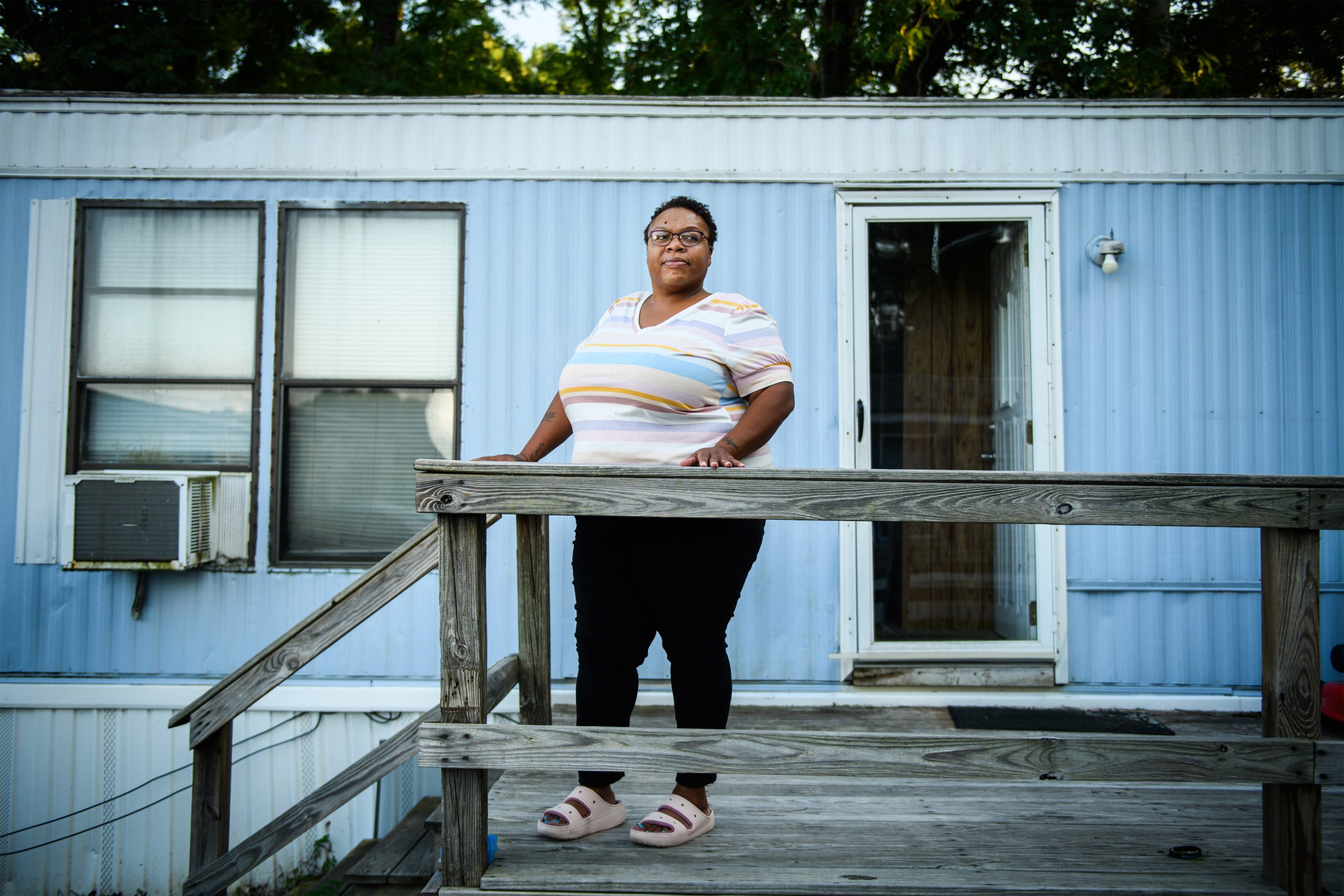About every 12 minutes, someone is killed on America’s roads and countless others are injured.
More than 42,500 people died in car crashes in 2022, a death toll that rivals or surpasses those of other major public health threats, such as the flu and gun violence.
“We have not recognized that traffic violence is a preventable public health crisis,” said Amy Cohen, a co-founder of Families for Safe Streets.
Traffic-related injuries and deaths cost the health-care system more than $55 billion in 2022, according to the Centers for Disease Control and Prevention. And pedestrian deaths have spiked, reaching 7,522in 2022, the highest level in more than four decades, according to the federal government.
“The transportation system shouldn’t hurt us, and it shouldn’t harm the environment,” said Johnathon Ehsani, an associate professor at the Johns Hopkins Bloomberg School of Public Health who uses policy and behavioral research to try to prevent car crashes.
Transportation experts blame traffic deaths on more reckless driving and less traffic enforcement than before the coronavirus pandemic, combined with larger and deadlier SUVs and trucks. But they primarily fault a transportation system that was designed for efficient movement and economic development — not safety.
To reverse that, the Biden administration is looking to the “safe system approach,” a transportation strategy that has achieved piecemeal adoption across the country.
The approach puts safety at the core of road and vehicle design and transportation policies, forcing traffic to move more slowly through communities, Ehsani said.
This translates into lowering speed limits, narrowing roads and creating separate lanes for bicyclists, and more buffers for pedestrians. He said the approach also de-emphasizes cars — which make people more sedentary and cause air pollution — and boosts public transportation.
The Biden administration in 2021 injected more than $20 billion in funding for transportation safety programs through the Infrastructure Investment and Jobs Act.
Some states and localities are also taking steps.
New York and Michigan adopted laws this spring allowing local jurisdictions to lower speed limits, and voters in Los Angeles approved a resident-sponsored ballot initiative to redesign streets, invest more in public transportation, add bike lanes and widen sidewalks to protect pedestrians.
But in a country where cars are inextricably linked to the culture and economy, political resistance remains entrenched.
Stuck in the middle are people whose lives and health have been devastated. I visited a Latino working-class neighborhood in Los Angeles where I met María Rivas Cruz, who in February 2023 was struck along with her fiancé, Raymond Olivares, by a driver going 70 in a 40-mph zone.
Rivas Cruz was severely injured. Olivares died at the scene.
Residents had pleaded for years for lower speed limits, safety islands and more marked crosswalks. After the crash, the county installed protective steel posts midway across the street, which Rivas Cruz called a “band-aid.”
“There’s so much death going on,” said Rivas Cruz, who now at age 28 walks with a cane and lives with chronic pain. “The representatives have failed us.”
This article is not available for syndication due to republishing restrictions. If you have questions about the availability of this or other content for republication, please contact NewsWeb@kff.org.




